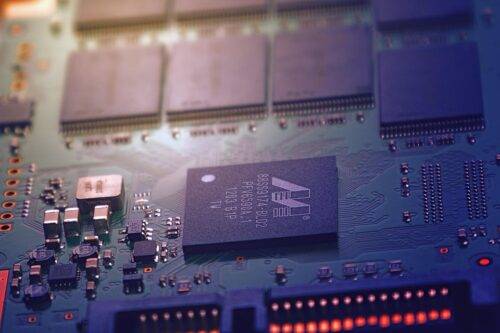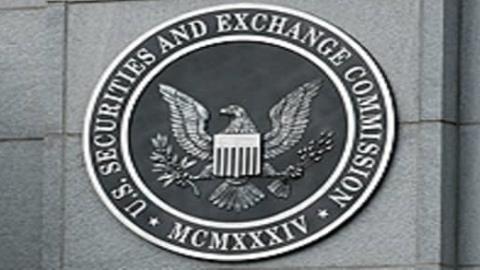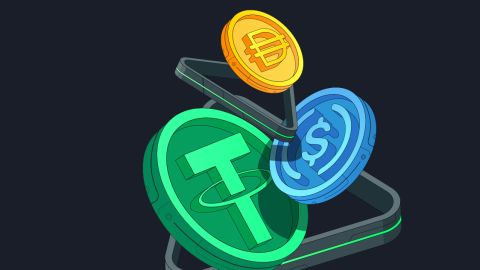
Similar Posts

Unlocking DeFi Opportunities: How Trade Wars Propel Decentralized Finance Forward
The global economy’s trade tensions are creating volatility in the crypto market, with Bitcoin recently dropping below $100,000 following President Trump’s tariff announcements. While trade disputes pose challenges for cryptocurrencies, they may be less harmful than for traditional financial systems, according to Leo Mindyuk of ML Tech. Tariff wars increase market instability, disrupt crypto mining due to inflated production costs, and lead to stricter regulatory scrutiny. However, these challenges could spur interest in decentralized finance (DeFi) as users seek alternatives to traditional banking. Investors and policymakers must stay vigilant about the interplay between geopolitics and digital assets.

DeFi vs Crypto: Unveiling the Key Differences and Unique Benefits
In the evolving landscape of decentralized finance (DeFi) and cryptocurrencies, understanding their distinct roles is crucial for investors. Cryptocurrencies are digital currencies operating on decentralized blockchain technology, primarily used for transactions and investment. DeFi, on the other hand, offers a range of financial services similar to traditional banking, such as lending and earning interest, leveraging blockchain technology. Key differences lie in their purposes, ecosystems, and regulatory considerations. Both sectors are experiencing growth and innovation, promising to reshape the financial landscape and provide new opportunities for users and investors. For more insights, visit Crypto News.

Unlocking Blockchain’s Potential: How Constraints Drive Innovation and Breakthroughs
Blockchain interoperability is becoming crucial in a fragmented digital landscape, where isolated blockchain networks hinder innovation and user experience. Historically, the internet overcame similar challenges, transitioning from exclusive platforms to an open web, facilitating seamless communication through vital protocols. Today, the blockchain ecosystem faces issues like poor user experiences, siloed innovation, and fragmented liquidity, exacerbated by over 120 layer-1 blockchains and numerous layer-2 solutions. Proposed solutions like wrapped tokens and cross-chain messaging come with security risks and increased costs. Emphasizing composability, where blockchain components can interact, is essential for a more connected and efficient ecosystem, fostering innovation in decentralized applications.

Alabama Man Admits Guilt in SEC X Cyberattack: A Deep Dive into the Case
Eric Council has been implicated in a cybercrime conspiracy involving unauthorized access to the SEC’s social media account, leading to false announcements about Bitcoin ETF approvals. This misinformation caused Bitcoin prices to surge by over $1,000 per coin. Court documents reveal that Council and accomplices executed a SIM-swap attack, gaining control of the SEC’s mobile number to reset account passwords. Council used a counterfeit ID created from a victim’s personal information, facilitating impersonation. He has pleaded guilty to charges including identity theft and fraud, facing up to five years in prison at his sentencing on May 16.

Top 5 Blockchain Titans Shaping the Future of 2025
As the cryptocurrency market evolves, Qubetics ($TICS) emerges as a top investment, offering innovative solutions in the Web3 ecosystem. It addresses multi-chain asset management with a non-custodial wallet that supports cross-chain swaps, privacy features, and real-time tracking. Currently in presale at $0.1729, Qubetics has sold over 508 million tokens, with ROI projections suggesting substantial growth—up to 8,567% if it reaches $15. While established projects like Solana and Cosmos are solid, Qubetics stands out for its unique offerings and potential for decentralization. Investors are urged to act quickly as prices rise weekly.

